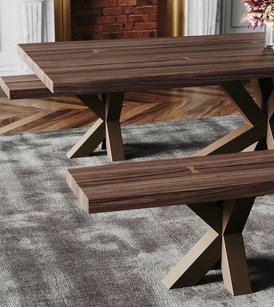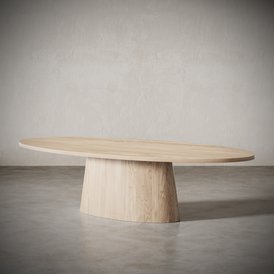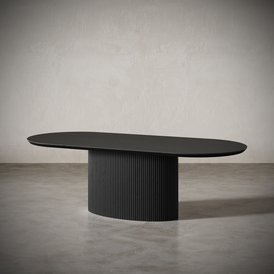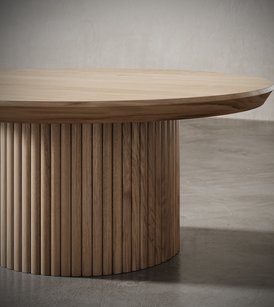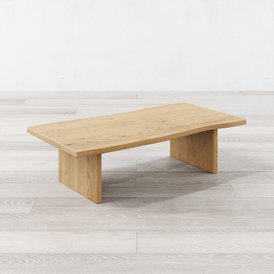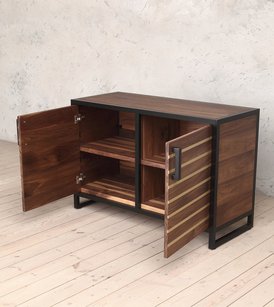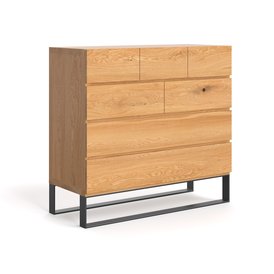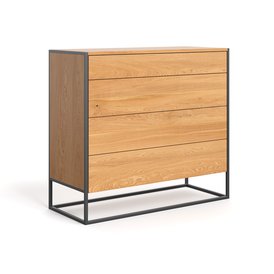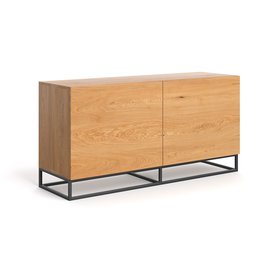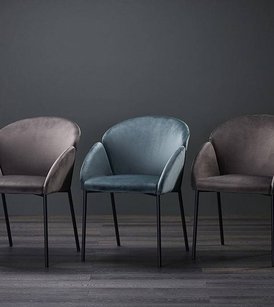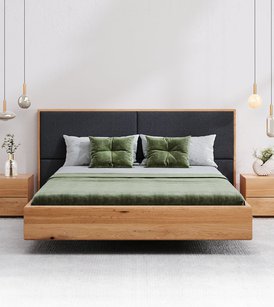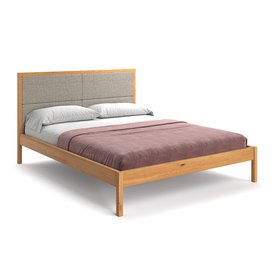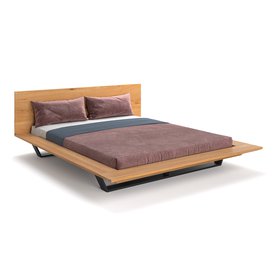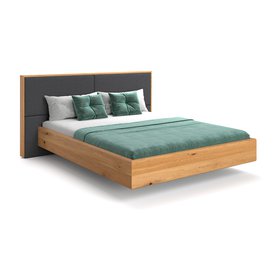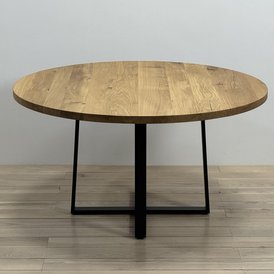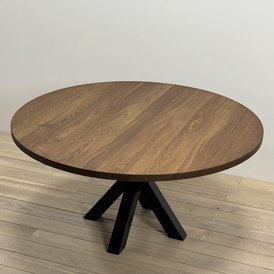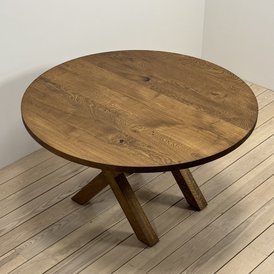- Home
- Dining Tables
- By Table Top
Dining table top design
Showing 0-0 of 0 results
Filter
Order process

Select a standard size or set your own preference.
01
Choose the material and wood finish.
02
Only 2-4 weeks wait as we handcraft your item.
03
Prior to dispatch we will share photos of your order for your approval.
04
You share your idea
05
You share your idea
01
We design
02
You confirm
03
We build
04
You approve photos of your item, that will be sent to you prior to dispatch.
05
Enjoy your personalised product from Сosywood at home!
06FAQ
-
What is the best material for a table top?
Choosing the best material for a table top will depend on the intended use of the table and personal preferences. Some popular options for table tops include solid wood, engineered wood, glass, metal, and stone.
Solid wood is a classic and durable option that adds warmth and character to any space. Hardwoods such as oak, walnut, and maple are popular choices for their strength and beauty. Engineered wood is made from a combination of wood fibers and resins and is often more affordable than solid wood. Glass table tops are sleek and modern, while metal table tops offer an industrial aesthetic. Stone table tops such as marble or granite are heavy and durable, but may require sealing to prevent staining.
Ultimately, the best material for a table top will depend on the intended use, budget, and personal preferences. For example, a dining table may require a durable and stain-resistant surface, while a coffee table may prioritize aesthetics and style.
-
MATERIALS FROM WHICH BUDGET TABLE TOPS ARE MADE
The list of materials for table tops is large enough, so each user will be able to choose the most suitable option based on their budget and preferences. Table tops are made from:
- Chipboard;
- MDF;
- Artificial stone;
- Natural stone;
- Wood;
- Glass;
- Stainless steel;
- Concrete.
The cheapest option is the LPG dining table top. Wooden table top for sale is the most popular, but more expensive. Each of these options has its own advantages and disadvantages, which are worth paying attention to, then not be disappointed in their choice. The choice of material depends on a lot of things. In particular, durability, comfort, and safety are paramount.
-
HOW DO YOU CHOOSE THE RIGHT DINING TABLE TOP FOR SALE?
Today there is a huge choice of table tops, so it is quite difficult to choose the right option. Choosing the most suitable, you should focus not only on fashion trends but also take into account their financial capabilities, as well as the design of your kitchen.
And, of course, in striving to save on cost, you need to remember the risks that can harm your health. The wood dining table top is ecological, so you should pay special attention to this fact. Therefore, do not ignore the technical characteristics of the product.
-
How do I clean and maintain my table top?
Proper cleaning and maintenance will help extend the life of your table top. For most materials, a soft cloth and mild cleaning solution will suffice. Avoid using abrasive cleaners or tools that could scratch or damage the surface.
For solid wood table tops, regularly dusting and wiping with a damp cloth is usually sufficient. Avoid exposing the surface to extreme temperatures or direct sunlight, which can cause warping or fading. Applying a protective sealant can help prevent stains and damage.
Glass table tops can be cleaned with a glass cleaner or a mixture of water and vinegar. Use a soft cloth to avoid scratching the surface.
For stone table tops, avoid using acidic or abrasive cleaners that could damage the surface. Wipe up spills immediately to prevent staining, and periodically reseal the surface to maintain its protective layer.
-
What is the difference between a solid wood table top and a veneer table top?
A solid wood table top is made from a single piece of wood, while a veneer table top is made from a thin layer of wood that is glued to a substrate material such as plywood or MDF.
Solid wood table tops are generally more expensive than veneer table tops, but they offer a high level of durability and natural beauty. Over time, solid wood may develop a patina and character that can add to its charm.
Veneer table tops offer a more affordable alternative to solid wood. They are made from a thin layer of real wood, so they have the look and feel of solid wood but with a more stable and uniform substrate material. Veneer table tops can be more susceptible to scratching and damage, but they can also be easier to repair than solid wood.
-
How do I protect my table top from scratches and stains?
Preventing scratches and stains will depend on the material of the table top. For most materials, using coasters, placemats, and tablecloths can help protect the surface from scratches and stains. Avoid placing hot or wet items directly on the surface, as this can cause burns or water damage.
For solid wood table tops, applying a protective sealant can help prevent stains and scratches. It is also recommended to periodically reapply the sealant to maintain its protective layer.
Glass table tops can be prone to scratches, so using a tablecloth or placemats can help protect the surface. Avoid placing heavy or sharp objects on the table top, as this can cause scratches or cracks.
For metal table tops, regularly dusting and wiping with a damp cloth can help prevent scratches and stains. Applying a protective coating can also help prevent rust and other types of damage.
Stone table tops should be sealed to prevent stains, but be sure to use a sealant that is appropriate for the type of stone. Avoid using abrasive or acidic cleaners, as these can damage the surface.
Overall, taking preventive measures such as using protective covers and avoiding exposure to heat, moisture, and direct sunlight can help extend the life of your table top and prevent scratches and stains.

